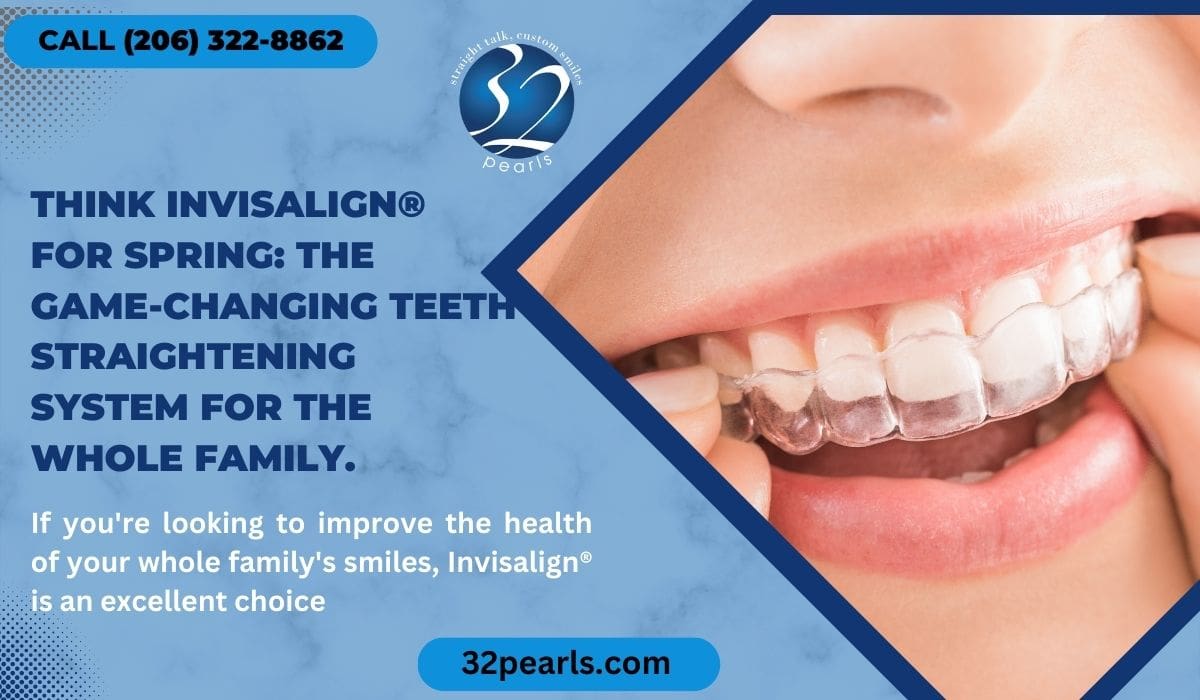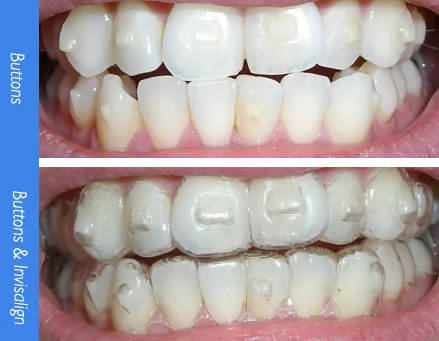What to Expect During Your Invisalign Journey: A Comprehensive Introduction
What to Expect During Your Invisalign Journey: A Comprehensive Introduction
Blog Article
Invisalign vs. Standard Dental braces: Which Option Is Right for You?
When taking into consideration orthodontic therapy, the choice between Invisalign and conventional braces provides a number of essential variables that warrant mindful assessment. Invisalign uses a discreet alternative with detachable aligners, while standard braces supply a more visible yet effective remedy for serious misalignment. Each choice includes distinctive benefits and downsides connected to visual appeals, comfort, therapy duration, and cost. Comprehending these nuances is critical for making a notified choice that aligns with your individual choices and way of living. The inquiry continues to be: which choice will ideal fulfill your orthodontic needs and assumptions?
Summary of Treatment Options

On the other hand, standard dental braces contain steel brackets and cables that are bound to the teeth. This technique applies continuous stress in time to attain positioning. While effective for intricate orthodontic issues, conventional braces call for normal check outs for changes and can pose obstacles in keeping dental health as a result of the difficulty of cleaning up around brackets and cords.
Both alternatives have their advantages, and the choice often hinges on specific dental conditions, way of living choices, and patient compliance. Ultimately, seeking advice from an orthodontic expert is important for figuring out one of the most suitable treatment strategy tailored to private requirements. Recognizing the subtleties of each choice can dramatically influence the total success of orthodontic therapy.
Visual Considerations
A considerable element affecting the option between Invisalign and conventional braces is the visual allure each treatment offers. Invisalign aligners are crafted from clear plastic, making them basically invisible when put on.
In contrast, typical braces include steel braces and cables, which can be a lot more noticeable. While advancements in orthodontic modern technology have resulted in the development of smaller sized brackets and tinted elastics, traditional braces still keep a more conspicuous profile. For some people, the visibility of dental braces may discourage them from looking for necessary therapy.
Ultimately, the selection between Invisalign and traditional braces might pivot on individual choices concerning aesthetic appeals. Individuals that focus on discretion commonly favor Invisalign, while those that are less worried regarding presence may decide for typical braces. Understanding the aesthetic implications of each option is important for making an informed decision that aligns with one's way of living and choices.
Comfort and Convenience

In regards to convenience, Invisalign aligners are removable, allowing clients to enjoy their preferred foods without restriction and maintain optimum oral health. Brushing and flossing are simplified, as the aligners can be taken out during these routines, whereas conventional dental braces call for mindful maneuvering around brackets and cables.
In comparison, standard braces require regular adjustments, making them less practical for those with busy schedules. In general, the comfort and convenience of Invisalign make it an enticing choice for numerous individuals looking for orthodontic therapy.
Therapy Period and Effectiveness
While both Invisalign and traditional dental braces work in correcting oral imbalances, the duration of treatment can differ substantially in between both alternatives. Typically, Invisalign therapy can take anywhere from 12 to 18 months, depending upon the intricacy of the instance. The clear aligners work by progressively moving teeth into their preferred settings, and normal follow-ups with an orthodontist assistance ensure development stays on the right track.
On the other hand, conventional braces typically require a longer commitment, normally varying from 18 months to 3 years. This is because of their fixed nature and using braces and cords, which can be much more reliable for serious misalignments and intricate instances (Invisalign). The therapy performance of typical braces is well-documented, as they enable precise changes and higher control over tooth motion
Ultimately, the choice between Invisalign and typical dental braces may depend upon both the anticipated therapy period and try here the certain dental problems available. Consulting with an orthodontist is crucial, as they can provide customized suggestions based upon specific demands, making sure the selected method straightens with preferred outcomes and timeframes.
Price Comparison and Insurance Alternatives
Cost plays a substantial duty in the decision-making process for people thinking about orthodontic treatment, whether going with Invisalign or traditional dental braces. Typically, the price of Invisalign arrays from $3,000 to $8,000, while conventional dental braces usually cost in between $2,000 and $6,000. Elements influencing these prices consist of the intricacy of the situation, the period of treatment, and geographical area.
Lots of dental insurance coverage strategies offer partial protection for orthodontic therapies, yet the specifics can vary widely. Usually, standard dental braces may be much more often covered by insurance strategies compared to Invisalign, which some insurance firms categorize as an aesthetic treatment.
Additionally, a number of orthodontic techniques provide versatile settlement plans, making both therapy options a lot more accessible. Individuals need to ask about prospective funding alternatives and price cuts for upfront repayments. Examining the complete price, consisting of insurance policy advantages and layaway plan, is vital for making an informed decision that aligns with both visual choices and budget considerations.

Final Thought
In summary, the selection between Invisalign and typical braces rests on several factors, consisting of aesthetic choices, comfort, treatment duration, and cost. Invisalign uses a discreet, removable option that assists in oral hygiene and nutritional versatility, while conventional dental braces might be better for complex oral concerns and commonly come with a lower cost point. Ultimately, consultation with an orthodontist is necessary to evaluate specific scenarios and determine the most ideal therapy alternative for attaining ideal oral alignment.
When this article considering orthodontic therapy, the selection in between Invisalign and standard dental braces offers numerous vital variables that merit careful assessment.Comparing Invisalign and standard dental braces discloses unique treatment options for orthodontic modification.While both Invisalign and standard braces are effective in remedying oral misalignments, the duration of therapy can differ significantly between the two choices.Price plays a substantial role in the decision-making procedure for people considering orthodontic therapy, whether opting for Invisalign or traditional dental braces.In summary, the option between Invisalign and traditional braces pivots on multiple variables, consisting of visual preferences, comfort, therapy period, and cost.
Report this page